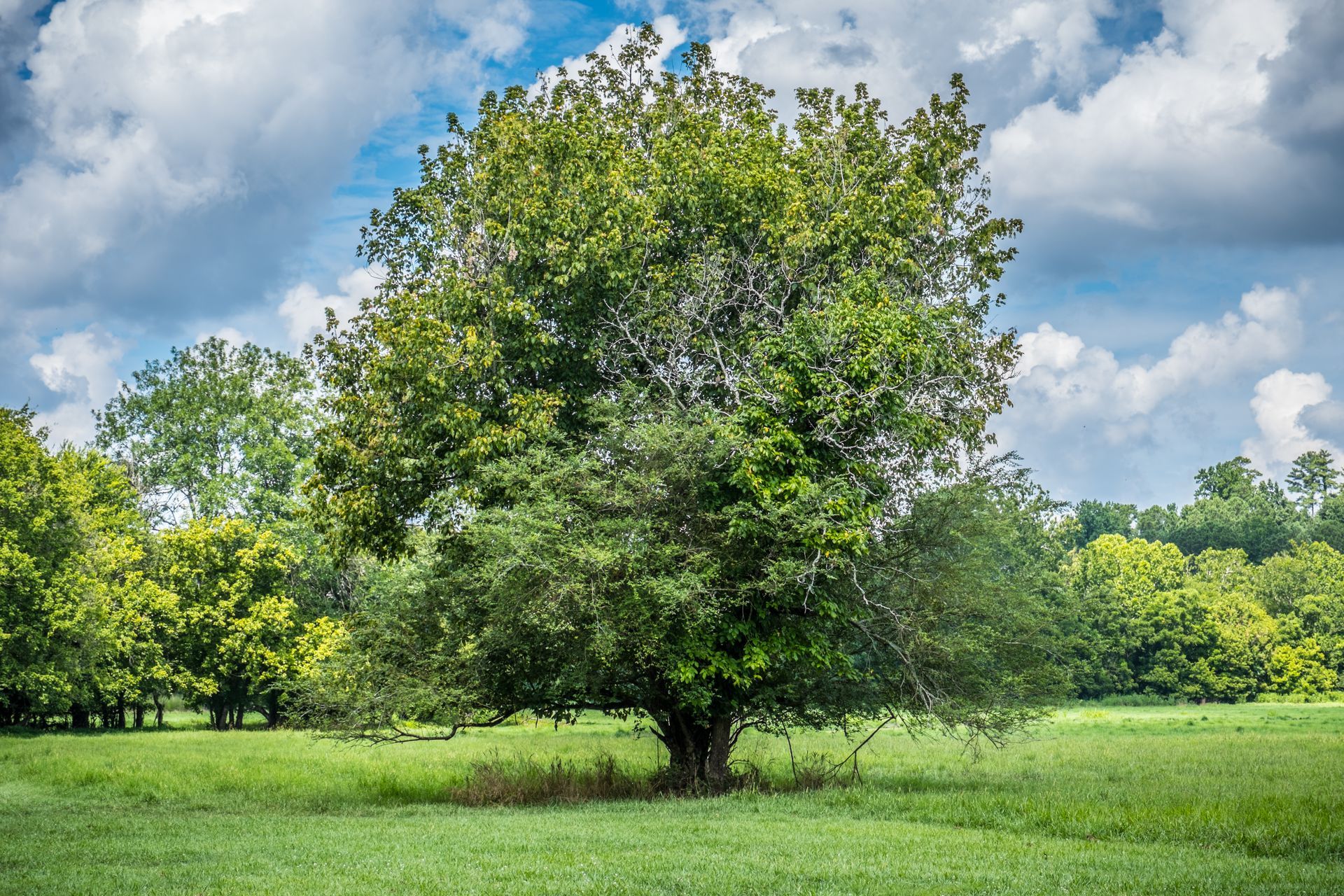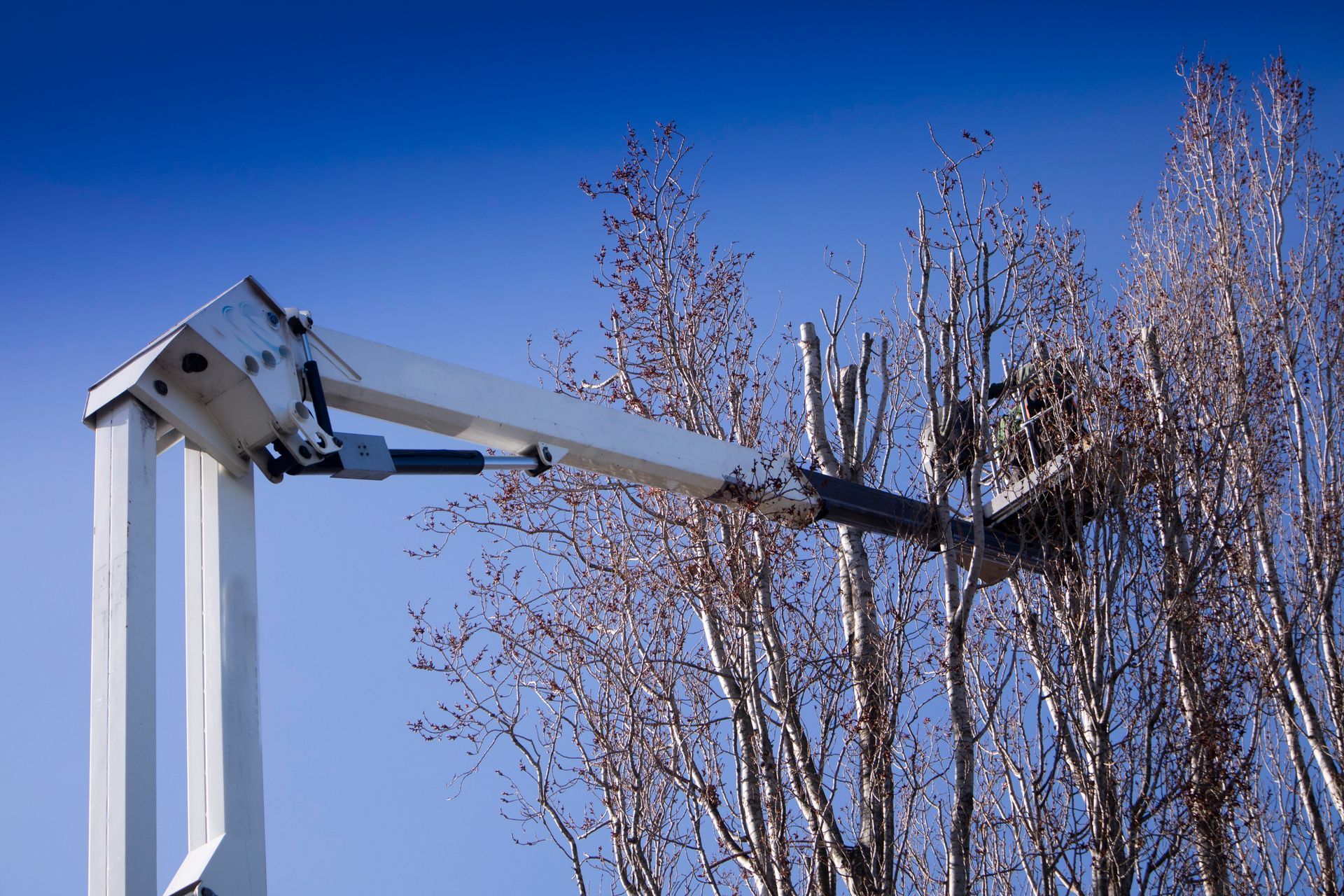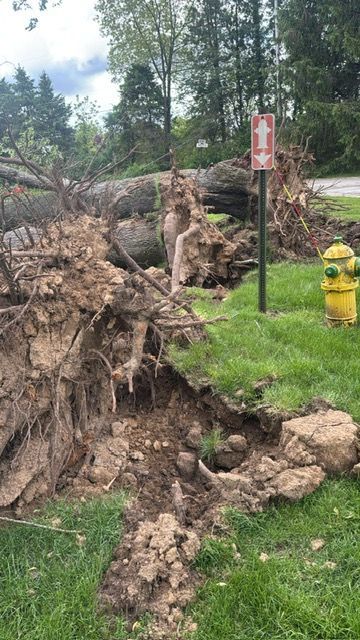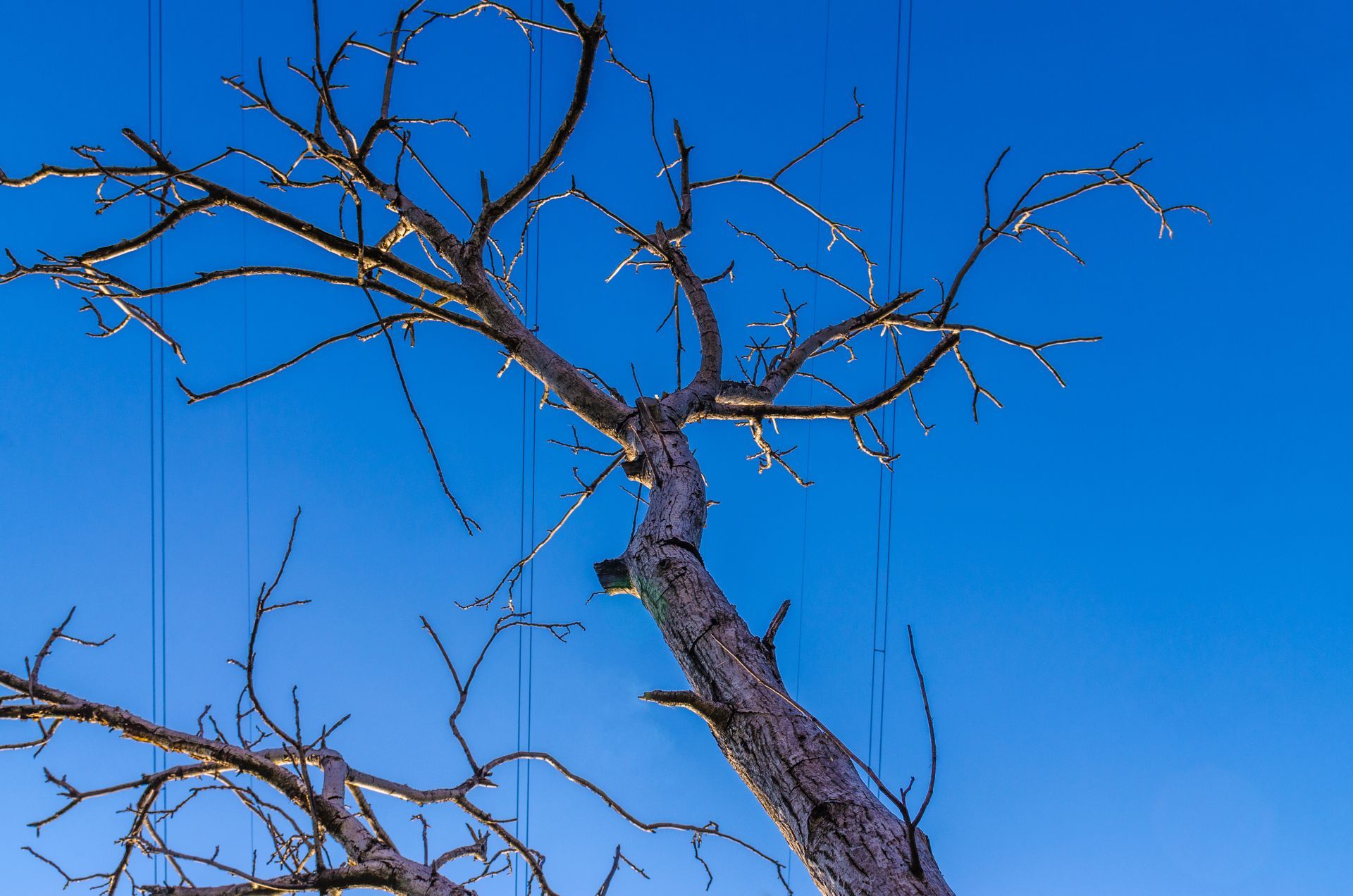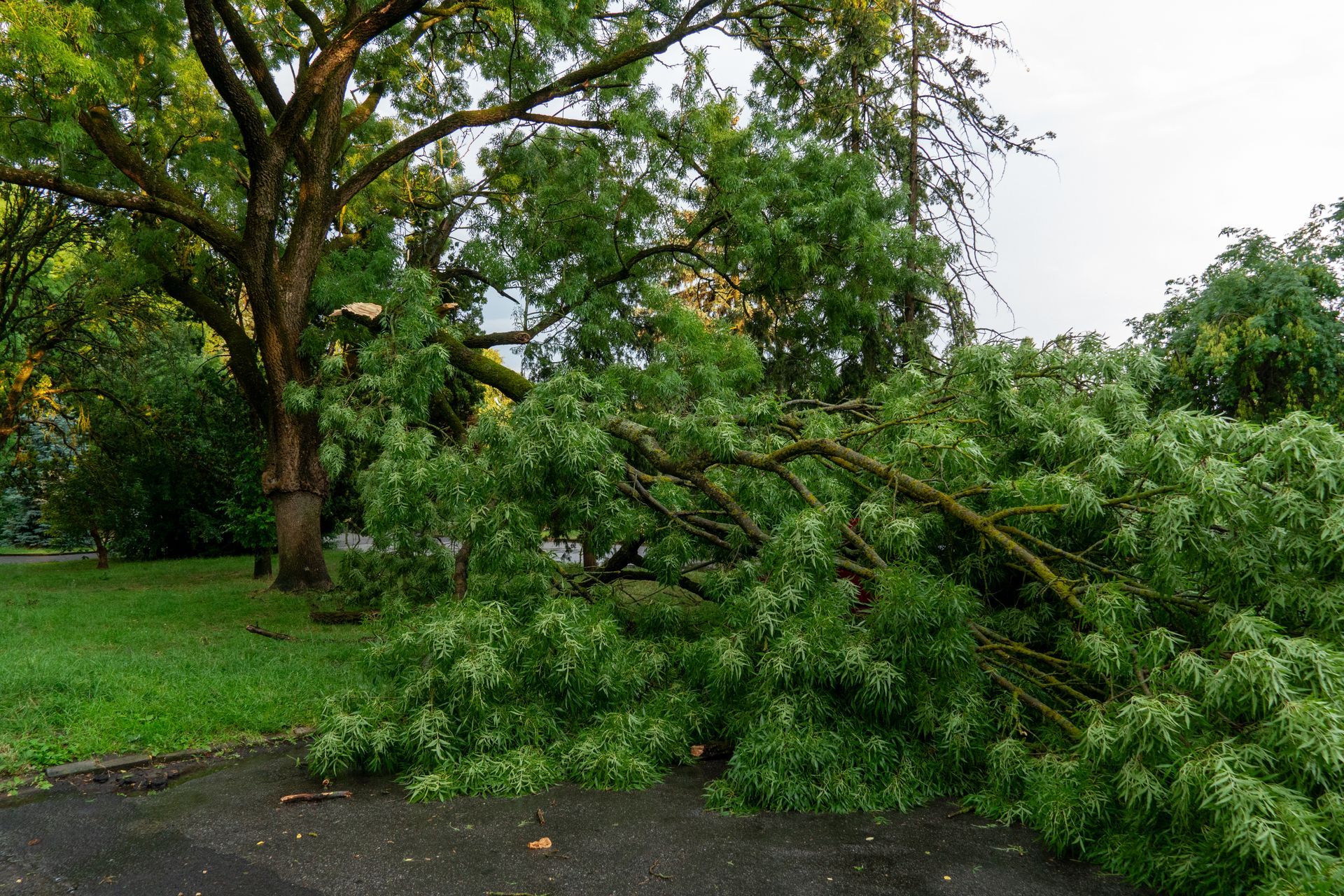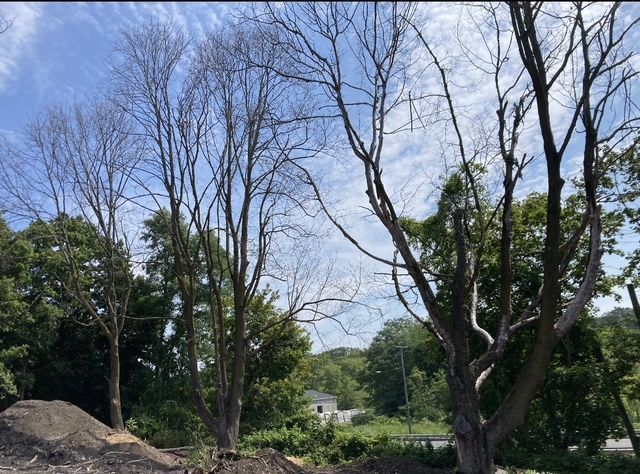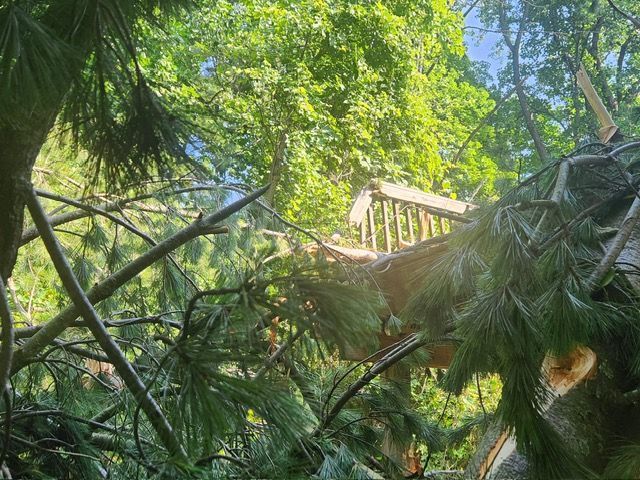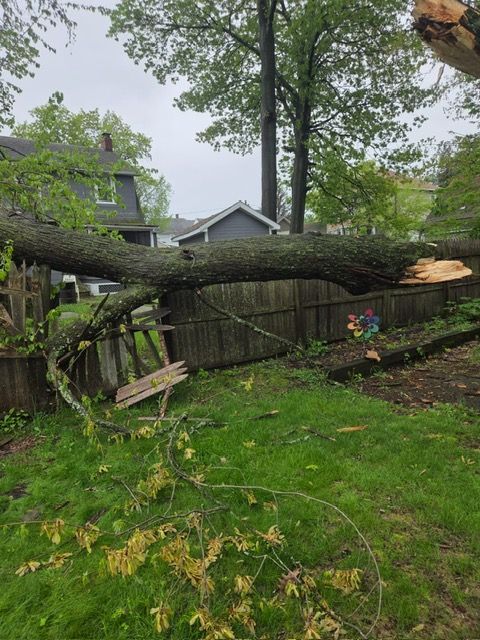Spotted Lanternfly in Farmington: How to Protect Your Trees in 2025
Spotted Lanternfly in Farmington: How to Protect Your Trees in 2025
"These bugs are beautiful... until they destroy your backyard." — Every Connecticut homeowner, eventually.
The Spotted Lanternfly isn’t just a problem for Pennsylvania anymore. It’s here. Right in Farmington’s backyards, parks, and neighborhoods.
And it’s not going away on its own.
Connecticut’s Department of Agriculture has called it “one of the most destructive invasive species our state has faced in decades.” That’s not just dramatic talk. These bugs are bad news — not just for farmers, but for everyday homeowners, property managers, and anyone who values healthy trees.
✔️ It’s Not Just One Tree Type — It’s Almost Everything
The Spotted Lanternfly (Lycorma delicatula) has a voracious appetite. While they prefer the invasive Tree of Heaven, they aren't picky eaters. Here’s what’s on their menu right here in Farmington:
- Maples (Red, Sugar, Silver)
- Black Walnut
- Sycamore
- Willow
- Birch
- Tulip Poplar
- Even grapevines and hops (yes, bad news for wineries and breweries)
🏚️ The Real Damage: It’s Not Cosmetic
When lanternflies feed, they weaken the tree’s ability to transport nutrients. Over time, this results in:
- Dieback of branches
- Leaf curling and yellowing
- Fungal growth called sooty mold (thanks to the sugary honeydew they excrete)
- A slippery mess on patios, driveways, outdoor furniture, and vehicles
- Decline in tree health over multiple seasons — and sometimes death
And worse? Once a tree is weakened, storm damage risk increases. A compromised maple next to your house is suddenly a real liability come hurricane season.
👀 How to Spot a Lanternfly Problem Early
- Egg Masses: Grey, mud-like blobs laid in late fall. Found on tree bark, firewood, fences, patio furniture, RVs, even rocks.
- Nymphs: Spring through early summer — tiny, black with white spots. Later-stage nymphs develop bright red patches.
- Adults: From late July onward — about an inch long, with grayish wings covered in black spots. Open wings flash bright red underneath.
- Sticky Honeydew: A sugary sap coating leaves, branches, decks, and cars — which leads to sooty black mold.
If you see any of these signs in Farmington — it’s time to act.
🚫 What’s NOT Going to Work
- Hoping winter kills them (it won’t — eggs survive cold just fine).
- DIY sprays from the hardware store — ineffective for full populations.
- Ignoring it until the neighbors take care of it. (Spoiler: they won’t.)
🔨 Farmington’s 5-Step Lanternfly Action Plan
1️⃣ Egg Mass Removal (Fall through Early Spring)
- Use a plastic scraper or putty knife.
- Scrape masses into a plastic bag with rubbing alcohol, hand sanitizer, or soapy water to kill the eggs.
- Check trees, playsets, grills, sheds, fences — lanternflies don’t care where they lay eggs.
2️⃣ Tree Banding (May through July)
- Wrap sticky bands around the trunk to capture climbing nymphs.
- Use protective wildlife barriers (like mesh) to prevent birds or squirrels from getting stuck.
3️⃣ Systemic Tree Treatments (Summer through Fall)
- Contact a licensed arborist. Professionals apply systemic insecticides that are absorbed into the tree’s vascular system — killing lanternflies as they feed.
- This is highly effective for moderate to severe infestations and doesn’t harm beneficial insects like bees when applied correctly.
4️⃣ Host Tree Removal (When Applicable)
- If you have a Tree of Heaven on your property (an invasive species itself), removing it reduces lanternfly attraction.
- In some cases, keeping a few “trap” Trees of Heaven treated with pesticide can be part of a broader control strategy.
5️⃣ Ongoing Monitoring
- This isn’t a one-time battle. Egg masses reappear every fall. Adult swarms increase in late summer. Make it part of your seasonal property checklist.
🔧 Why Professional Help Matters in Farmington
This is a pest problem that moves fast. And worse — DIY methods often fall short.
Professional tree services bring:
- Trained eyes to spot early infestations.
- Proper chemical treatments that are safe for your landscape and pets but deadly to lanternflies.
- The ability to handle large properties, commercial sites, parks, and wooded lots.
- Documentation for property management companies, HOAs, or municipalities if needed.
If you’ve spotted even one lanternfly, it’s not just your problem — it’s a neighborhood problem. And acting early is cheaper and easier than waiting until trees decline or storms take them down.
